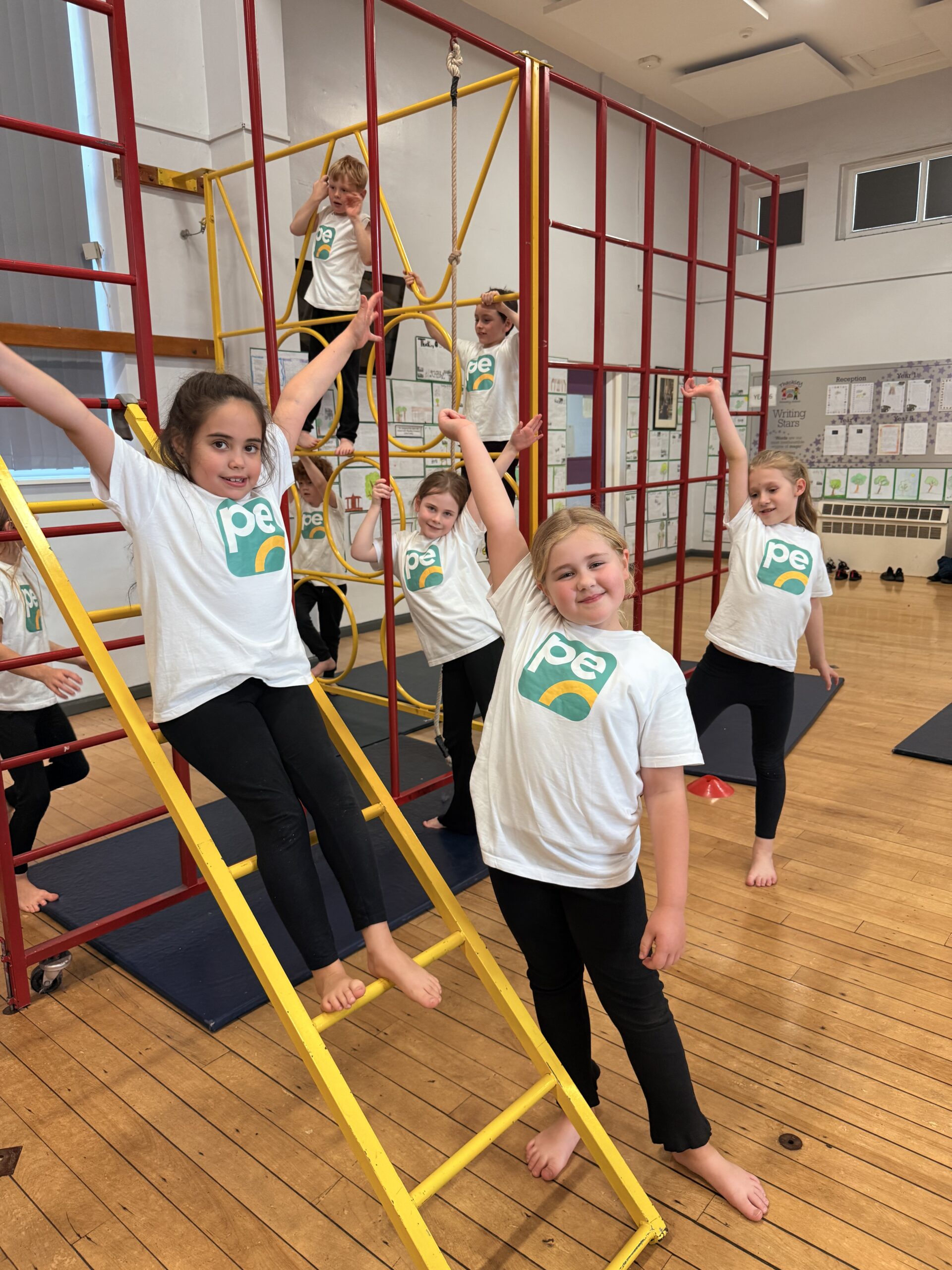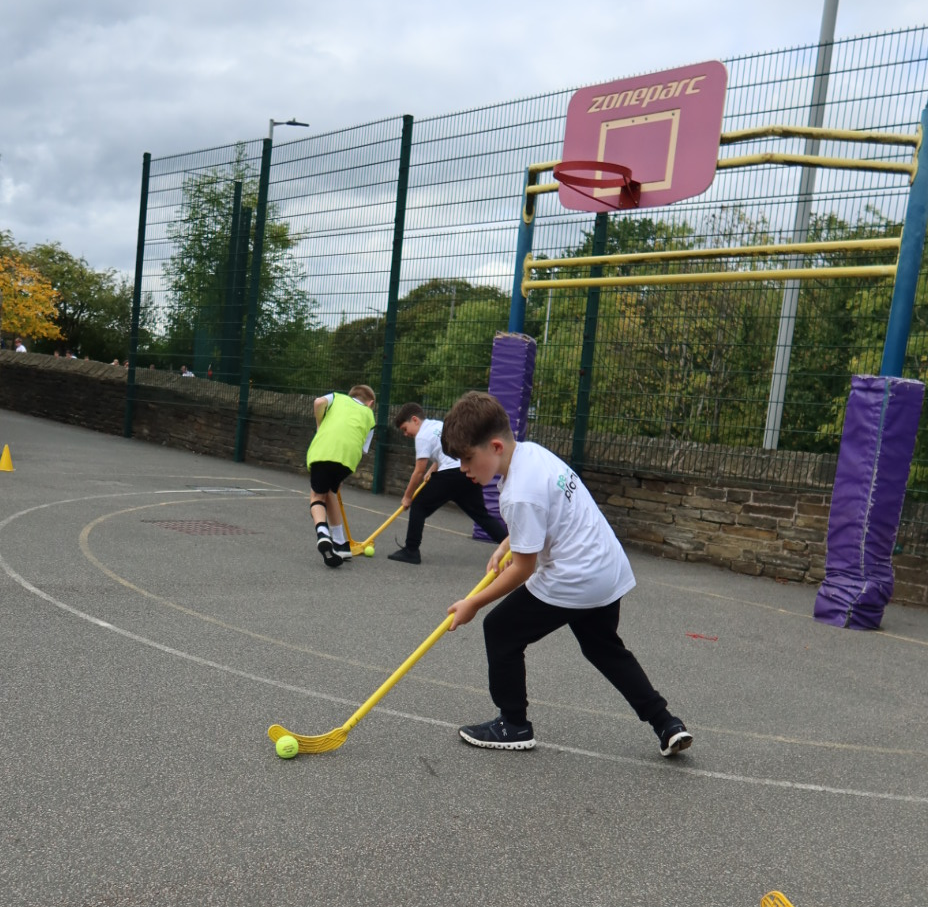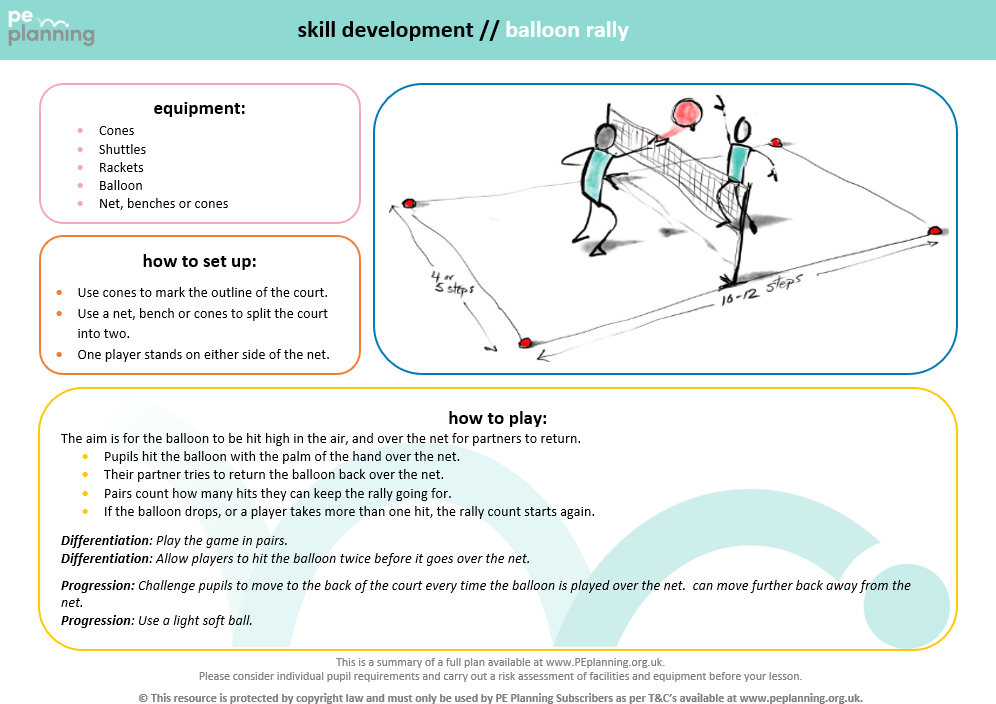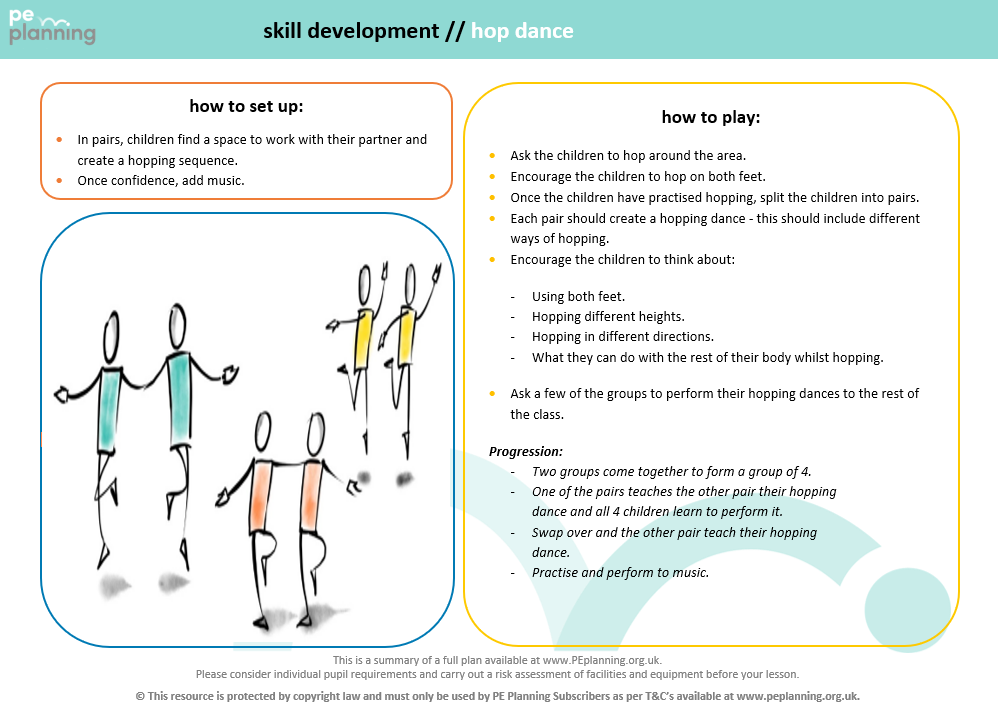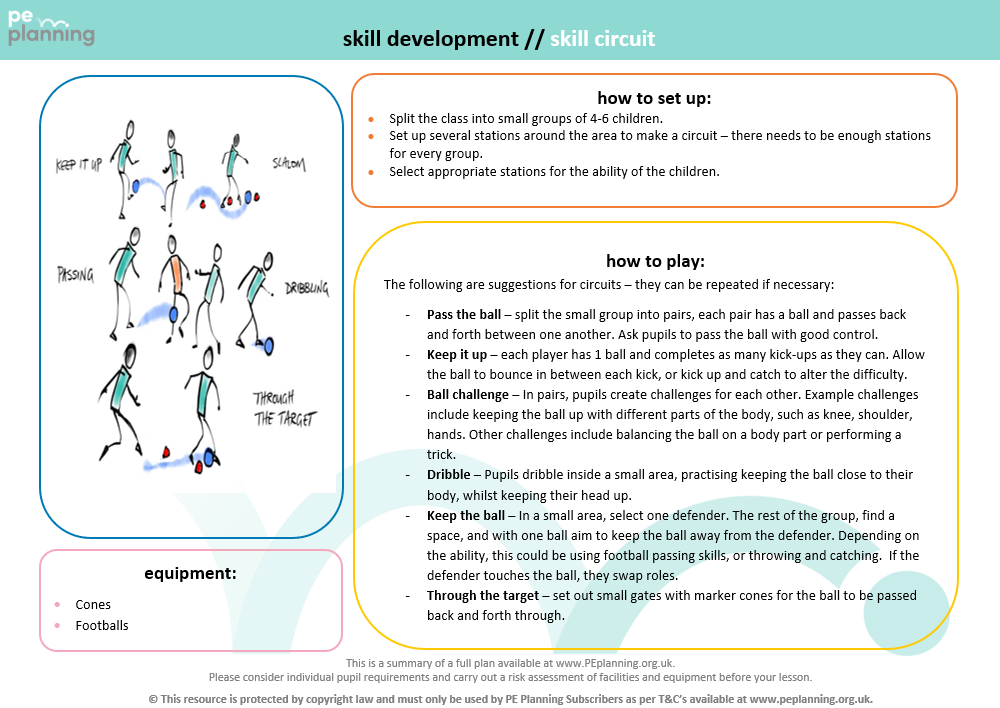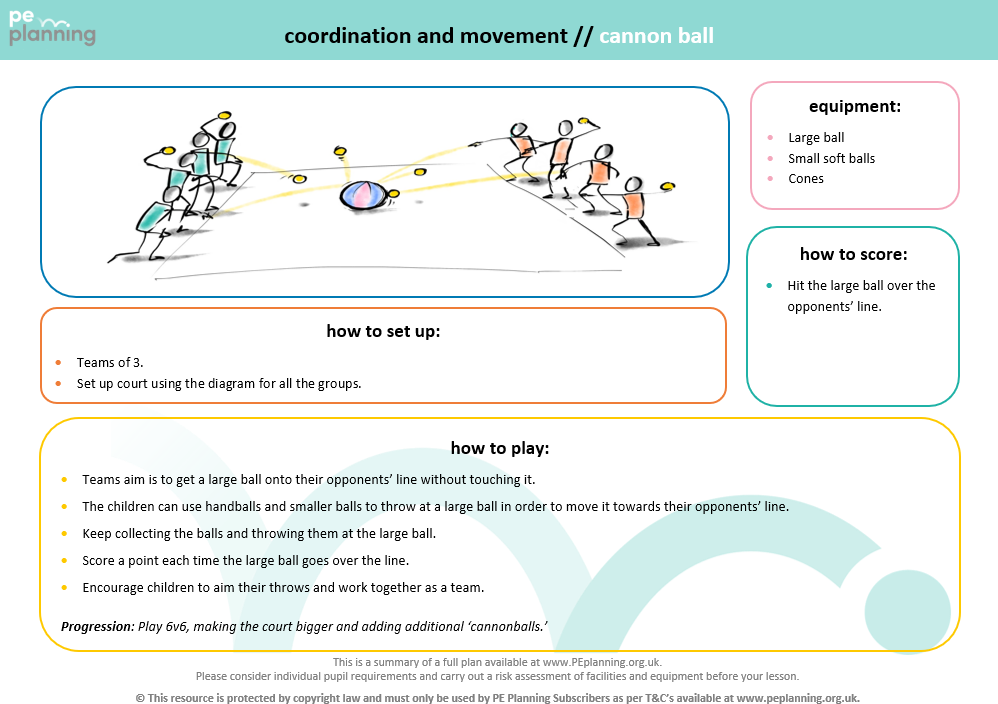Indoor PE Games for Autumn Term
With some planning, as well as a bit of creativity, it’s possible to deliver active, fun and engaging PE lessons without having to be outside.

It’s here again! Schools are back, and already the leaves are turning and the mornings are chilly. During autumn term it’s always wise to be prepared for indoor PE games, because the weather will not always be good enough for outdoor PE lessons.
In this blog post, we have some practical tips and PE lesson ideas for when you need to bring physical education indoors. Additionally, check out our guide on overcoming the challenges of PE in the autumn.
Can we not do something different, instead of indoor PE games?
Even when it’s not the weather for PE, that’s no reason to skip the opportunity for physical activities. It’s important to ensure children have enough opportunity to exercise, because:
- Regular PE helps manage energy and maintain focus. Behaviour and engagement can be maintained with regular PE lessons. Energetic games indoors helps manage energy, maintain focus and channel strength into structured activity.
- Sticking to PE lessons, whether they are inside or outside, helps with continuity of movement. We don’t want children to miss out on their weekly dose of physical activity just because it’s cold or rainy outside!
- Tight spaces can actually help with development of key skills. Many indoor PE games emphasise agility, balance, coordination and reaction time. Plus, many games that you’d normally do outside can be scaled down to work in the available space.
Key Principles for Indoor PE Games
Before we look at suitable physical education games, let’s set out some guiding principles so your lessons are safe, inclusive and worthwhile:
1. Prioritise safety
With PE taking place inside, take into account the reduced amount of space, due to hall sizes, furniture and fixed equipment.
- Ensure the space is safe, and clear of hazards—avoid sharp edges, wet areas, or obstacles in paths.
- Use soft balls or foam equipment.
2. Keep a lesson structure
- Warm-up: 5 minutes (A dynamic ‘on-the-spot’ warm-up is a great idea indoors, e.g. march on spot, high knees, arm swings).
- Main skill development and games block: 30–40 minutes (or split into stations).
- Cool-down: 5 minutes (stretching, breathing, reflection).
Introductions and plenaries, are as just as important when PE is taking place indoors.
3. Plan for differentiation in every lesson
We recommend applying the STEP process in all primary school PE lessons, to enhance inclusion, provide appropriate challenge, foster engagement and support pupil progress.
- S (Space) – Where: Adapt the space used. For example, use varied areas for gymnastic routines to spark creativity, or enlarge scoring zones in invasion games to make it easier for attackers (and more challenging for defenders). Smaller spaces can increase intensity or focus.
- T (Task) – How: Modify the rules, introduce new challenges, or adjust movement patterns to suit different ability levels. This helps pupils experience success while progressing at a pace that’s right for them.
- E (Equipment) – What: Use soft, light objects (e.g., foam balls, balloons, scarves) to make catching easier. Beanbags are more manageable and don’t roll away. Larger-faced bats, rackets, and paddles improve object contact, while smaller targets increase difficulty and precision.
- P (People) – Who: Adjust groupings to support learning. In a “create your own dance” lesson, pairs may work better than larger groups. In team games, adding extra players can create overloads and shift the challenge level. Consider peer support, mixed-ability pairings, or leadership roles to promote collaboration and confidence.
4. Include reflection & assessment
After each game, encourage pupils to reflect by asking questions like: What skills did you use? What worked well? Checklists, peer feedback, or traffic light self-assessments can be used to gauge success and learning. Keep reflection active and inclusive—focus on effort, progress, and personal goals. Many of the cool-downs in PE Planning lesson plans allow time for children to assess and reflect themselves and with peers.
What PE games are best for indoors?
Need some inspiration for indoor PE games? We’ve curated a list of suitable activities (taken from our lesson plans and resources) that you can use and adapt whether PE is indoor or outdoor!
Each activity includes suggestions for variations and progressions!
1. Balloon Rally
Children must try to keep a balloon off the floor using hands (or forearms). In a net and wall type game, such as badminton, the game can be played in pairs or small teams with a net (cones or benches can work great as a net!).
Why it works: Light, safe, low-impact, encourages reaction speed and teamwork.
Variations:
- Use two balloons at once
- Allow more than one touch per person.
- Use a light ball instead of a balloon.
- Allow players to catch the balloon before returning it back over the next.
2. Hop Dance
In pairs, children create a hopping sequence in time with each other. Encourage pairs to focus on different jump and hop combinations to create a dance.
Why it works: Minimal space required. Fun, creative elements working on teamwork and communication as well as fundamental movements.
Variations:
- Work in small groups instead of pairs
- Add equipment and apparatus to incorporate into the sequence.
- Create a routine as a class.
- Make a longer/shorter routine.
3. Cannon Ball
Teams aim is to get a large ball over their opponents’ line without touching it. Can be played in two teams, with a large ball in the middle of the playing area. Players have small balls to try move the larger ball across the line. Players must also stay behind their line, unless retrieving a still ball.
Why it works: Excellent activity to work on aiming and accuracy. Lots of fun, with a competitive element. Being indoor allows ball to be more contained, and cannot be influenced by sloped playground, or windy conditions.
Variations:
- Split the class into smaller/larger groups, and have more games played at the same time.
- Create a tournament style rotation, keeping score to find an overall winner!
- Add more large balls.
- Add cones, or other obstacles to increase the difficulty of the game.
4. Skills Circuit
Split the class into small groups, and the playing area into ‘skill sections’. Each group works at the station practising the ball manipulation skill. Every few minutes, rotate groups.
Why it works: An opportunity for individuals to take responsibility for their development. Can be adapted for any sport that requires ball control and manipulation.
Variations: (football example)
- Pass the ball – split the small group into pairs, each pair has a ball and passes back and forth between one another. Ask pupils to pass the ball with good control.
- Keep it up – each player has 1 ball and completes as many kick-ups as they can. Allow the ball to bounce in between each kick, or kick up and catch to alter the difficulty.
- Ball challenge – In pairs, pupils create challenges for each other. Example challenges include keeping the ball up with different parts of the body, such as knee, shoulder, hands. Other challenges include balancing the ball on a body part or performing a trick.
- Dribble – Pupils dribble inside a small area, practising keeping the ball close to their body, whilst keeping their head up.
- Keep the ball – In a small area, select one defender. The rest of the group, find a space, and with one ball aim to keep the ball away from the defender. Depending on the ability, this could be using football passing skills, or throwing and catching. If the defender touches the ball, they swap roles.
- Through the target – set out small gates with marker cones for the ball to be passed back and forth through.
How can you maximise engagement in indoor PE games?
Great indoor PE lessons rely on being prepared – and we recommend having specific indoor PE equipment, such as soft balls, balloons, cones and beanbags that are ready to go when PE has to be inside. With this to hand, you can always be ready for indoor PE – whether it’s in the school hall, or even PE in the classroom. If no other suitable indoor space is available, we have a section in our resources just for classroom PE… Find it here.
Let’s get creative with indoor PE!
When the cold months roll in, indoor PE games become indispensable tools in any primary school’s curriculum. With careful planning, creative adaptation and a focus on movement, engagement and skill development, you can deliver high-quality PE all year round.
If you like the snippet of PE activities suggested here, you will absolutely find everything you need in our downloadable PE lesson plans, many of which can be adapted for indoor use. Sign up for a free membership to access lesson one of every unit of work to see for yourself! We also have a range of free PE lesson plans that you can download.
Want more inspiration, or help with planning PE? You can always ask us. We are a small team of dedicated Teachers and PE enthusiasts and would love to hear from you. Good luck – and don’t let the rain stop PE!




